This article was co-authored by Ashley Moon, MA. Ashley Moon is the Founder and CEO of Creatively Neat, a virtual organizing and life coaching business based in Los Angeles, California. In addition to helping people organize their best life, she has a fabulous team of organizers ready to de-clutter your home or business. Ashley hosts workshops and speaking engagements at various venues and festivals. She has trained with Coach Approach and Heart Core for organizing and business coaching respectively. She has an MA in Human Development and Social Change from Pacific Oaks College.
This article has been viewed 18,529 times.
Hoarding is not only an adult condition. It also affects children. Due to the limits placed on children, their hoarding presents itself differently than an adult. Children generally accumulate free objects that may be considered trash by others, and they usually confine the objects to specific areas in their home. One of the most characteristic symptoms of child hoarding is the inability to part with their objects. To stop your child from hoarding, try a reward system for not getting new objects, limit where they can place objects, and seek medical attention to treat the condition.
Steps
Identifying Hoarding Behavior
-
1Notice the accumulation of material things. A characteristic of hoarding behavior is holding on to objects. These objects might be toys, clothes, or random objects. Because of the age of the child, they often hoard items that they can get for free or without the help of an adult. This might include empty boxes, papers, and things you might consider trash.[1]
- Broken toys, school papers, old clothes, objects from outside, wrappers, and similar items are often among a child's hoard.
- Some of these objects may have sentimental value, but most of these objects are random.
-
2Watch for resistance when asked to throw away objects. Another characteristic of hoarding behavior is an unnatural attachment to the material objects. The child will continue collecting objects, even if they never use them. If they are asked to throw away the object, they get upset and resist.[2]
- The child may throw a fit if asked to get rid of some of their stuff. They may start screaming, crying, or yelling when told to throw away something.
- The child may become violent, especially if an object was thrown away when they were not there.
Advertisement -
3Check for an emotional investment in objects. Children often become emotionally attached to the objects they hoard. They will check on the objects often to make sure they are there, and they may even worry about them when not around them.[3]
- This attachment may disrupt their daily lives.
-
4Identify common areas for placing objects. Unlike adult hoarders, child hoarders may not display the same obvious clutter in their rooms. Instead, they may keep their hoarded objects in very specific places. Common places to find a child's hoard are under their bed, in their closet, or in a specific corner of their bedroom.[4]
- Sometimes, this looks like normal child messiness. If you notice disorganization in your child's room, look for other symptoms.
Addressing the Hoarding Behavior
-
1Use a reward system. Reward systems for getting rid of objects can be effective with children. Since the child has an emotional attachment to the objects, they need motivation to get rid of them. Reward them for positive behavior, such as throwing away or donating possessions. Make sure the rewards are not more objects, since this goes against the what you are trying to do. Instead, make rewards activities.[5]
- For example, when your child throws away an item, you can let them choose whatever they want for dinner. If they go all week without bringing new items home, let them do something special that weekend, like go to a movie or do a favorite activity.
-
2Limit space for objects. To help reduce how many material items your child accumulates, consider reducing the space in which they can place material objects. Assess where your child stores objects. Slowly narrow that space and discard items that do not fit into that area.[6]
- For example, if your child has items stuffed under the bed, in a corner, and in the closet, start by saying the child cannot place items under the bed. Also, add the rule that they cannot increase how many items are in the corner or in the closet. Giving your child limits on the spaces helps them to not just stack things from under the bed and in the closet.
- Continue narrowing the areas and discarding toys.
- You may want to start by telling your child they can only display items on their bookshelf and desk. Make sure to place limits on how much they can display so they don't stuff clutter into those spaces.
-
3Use the "get one-toss one" rule. To help keep your child from accumulating too many new items, set up a rule that helps keep items from increasing. Each time your child gets a new object, they must throw away an object. This allows your child to acquire new items, but they must throw away something to keep it.[7]
- This technique helps your child learn skills to assess what is worth keeping.
- They also get practice with getting rid of items, which is important to combat hoarding behavior.
-
4Try providing priority boxes. Try giving your child a say in what they keep and what they throw away. Set up three boxes. Label them with the words “trash” “keep” and “charity.” Help your child place objects in the three boxes. Once the keep box is full, they have to place stuff into the other boxes. The keep box cannot overflow.[8]
- The trash box should be for broken and random items. Keep should be things your child cannot get rid of. At first, the choices may not make sense to you, but let them choose what they want to keep. Objects in the charity box should be things that are in good enough shape to donate.
- Always collect and sort your items before deciding what to keep and throw out.[9]
-
5Model the desired behavior. If you want your child to stop collecting random objects, model positive behavior. You should make an effort to keep your home uncluttered. This helps show your child the desired behavior.
- Make it a point to toss out unneeded things in your home every month or two. Make it obvious. You may want to say, "Today we are going through the kitchen to toss any unneeded dishes," "I'm going to get rid of old magazines and junk mail today," or "This weekend, I'm going to go through my unused clothes and donate them to charity."
- Include your child in these activities. For example, you may say, "We're going to go through the shelves in the living room. Help me decide what books and DVDs we should get rid of."
- You can even set limits. Tell your child, "We must get rid of five dishes" or "We must get rid of seven pieces of clothing."
Seeking Medical Attention
-
1Take your child to a therapist. Hoarding behavior in children is very significant. Though there are things you can do at home to help your child, it is essential to seek help for your child from a mental health professional. Hoarding generally stems from deeper anxiety and stress-related problems. If you address the hoarding behavior early, your child can get help before the behavior becomes more severe.[10]
- Make sure you choose a therapist who has experience with hoarding.
- You can ask your pediatrician for referrals to a child therapist. You also can search online for therapists in your area.
-
2Try cognitive behavioral therapy. Cognitive behavioral therapy is a common treatment for older children with hoarding tendencies. CBT works to change the hoarding behavior. This type of therapy should be done with a therapist who has experience with treating hoarding.[11]
- In CBT, the child will explore why they feel the need to hoard.
- CBT helps the child figure out ways to assess which objects they should keep and which they should give away. They will also work on ways to modify their behavior so they can get rid of objects without too much distress.
-
3Consider medication. Medication is another treatment option for children who hoard. The most common medication prescribed for this condition are SSRIs. These medications are commonly prescribed for obsessive-compulsive behaviors.[12]
- Medication does not always help with hoarding behavior. You may consider behavioral therapy before medication.
References
- ↑ https://psychcentral.com/lib/when-your-child-has-obsessive-compulsive-disorder/
- ↑ https://www.anxiety.org/is-your-child-a-hoarder
- ↑ https://childmind.org/guide/hoarding-disorder/what-to-look-for/
- ↑ https://childmind.org/guide/hoarding-disorder/what-to-look-for/
- ↑ https://www.anxiety.org/is-your-child-a-hoarder
- ↑ https://www.anxiety.org/is-your-child-a-hoarder
- ↑ https://www.anxiety.org/is-your-child-a-hoarder
- ↑ https://www.lifestorage.com/blog/organization/tackling-clutter-is-your-home-overflowing-with-too-much-stuff/
- ↑ Ashley Moon, MA. Professional Organizer. Expert Interview. 30 August 2019.
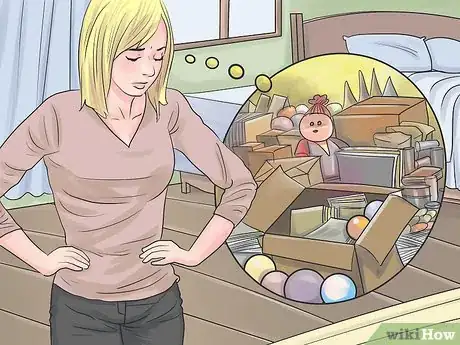
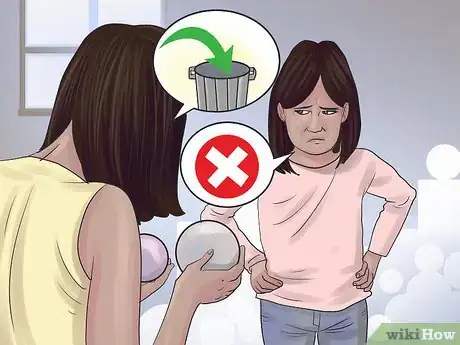

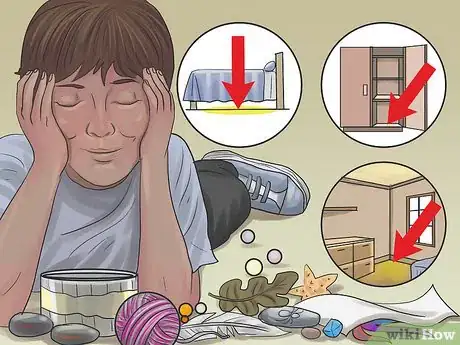
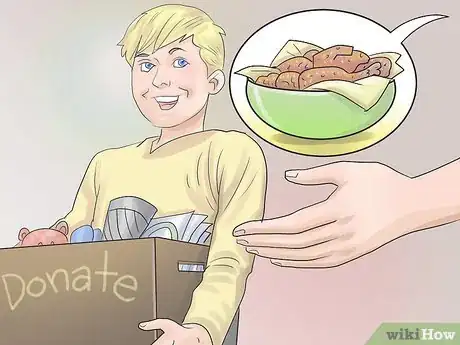
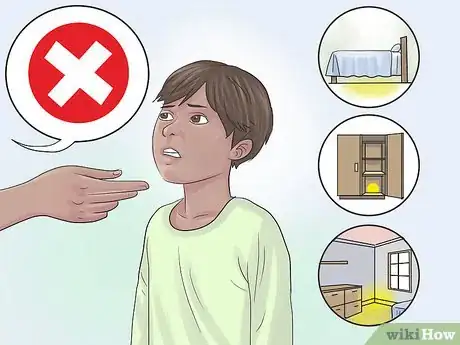
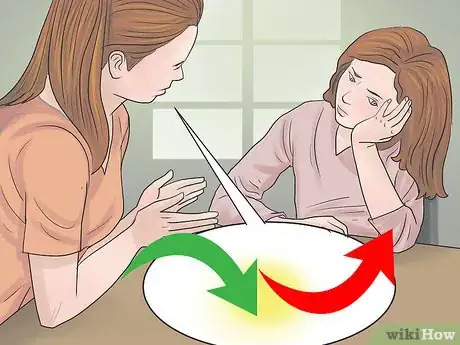
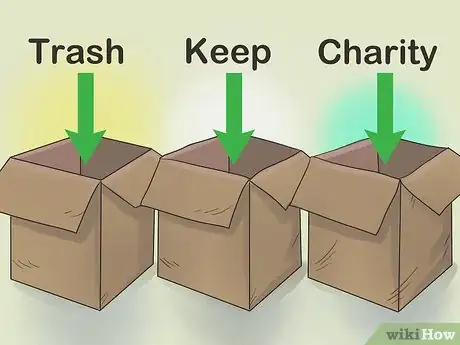

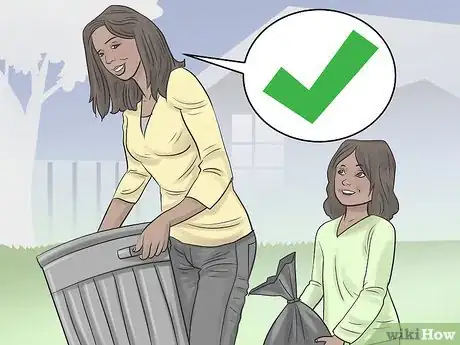
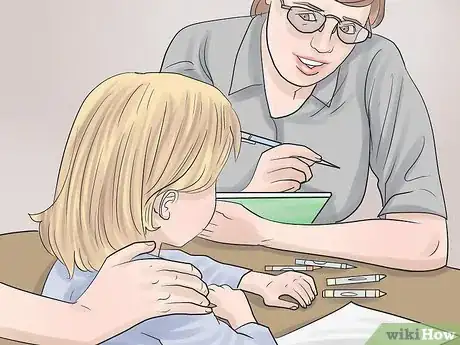
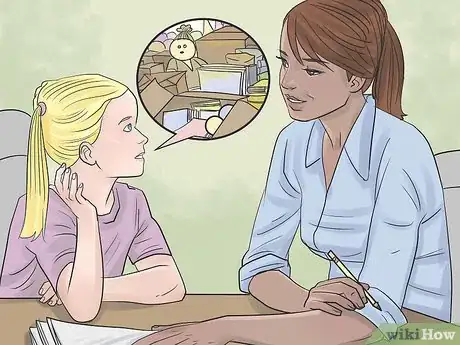
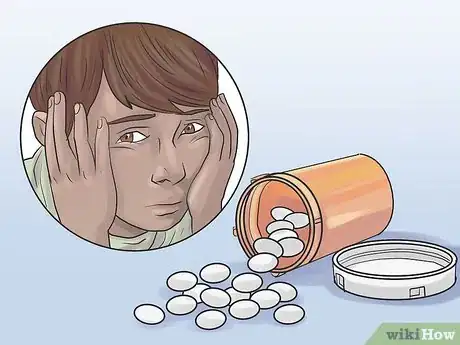





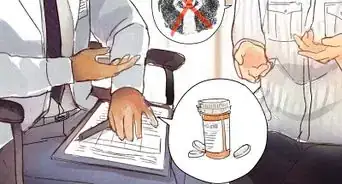
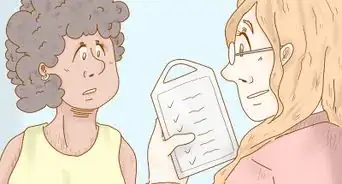

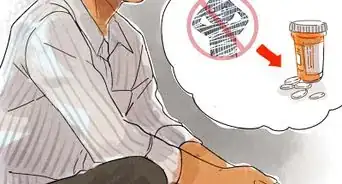


















































Medical Disclaimer
The content of this article is not intended to be a substitute for professional medical advice, examination, diagnosis, or treatment. You should always contact your doctor or other qualified healthcare professional before starting, changing, or stopping any kind of health treatment.
Read More...